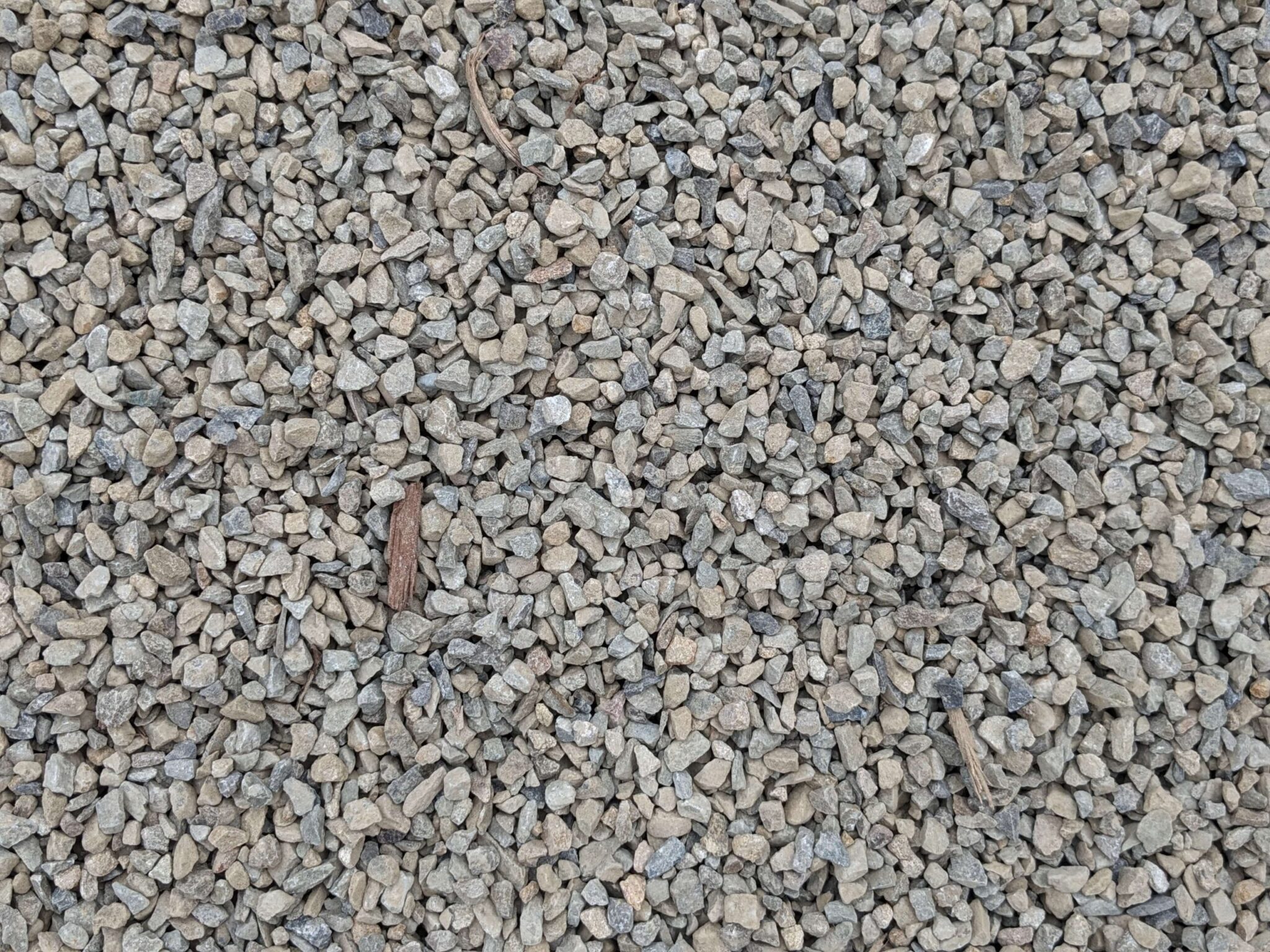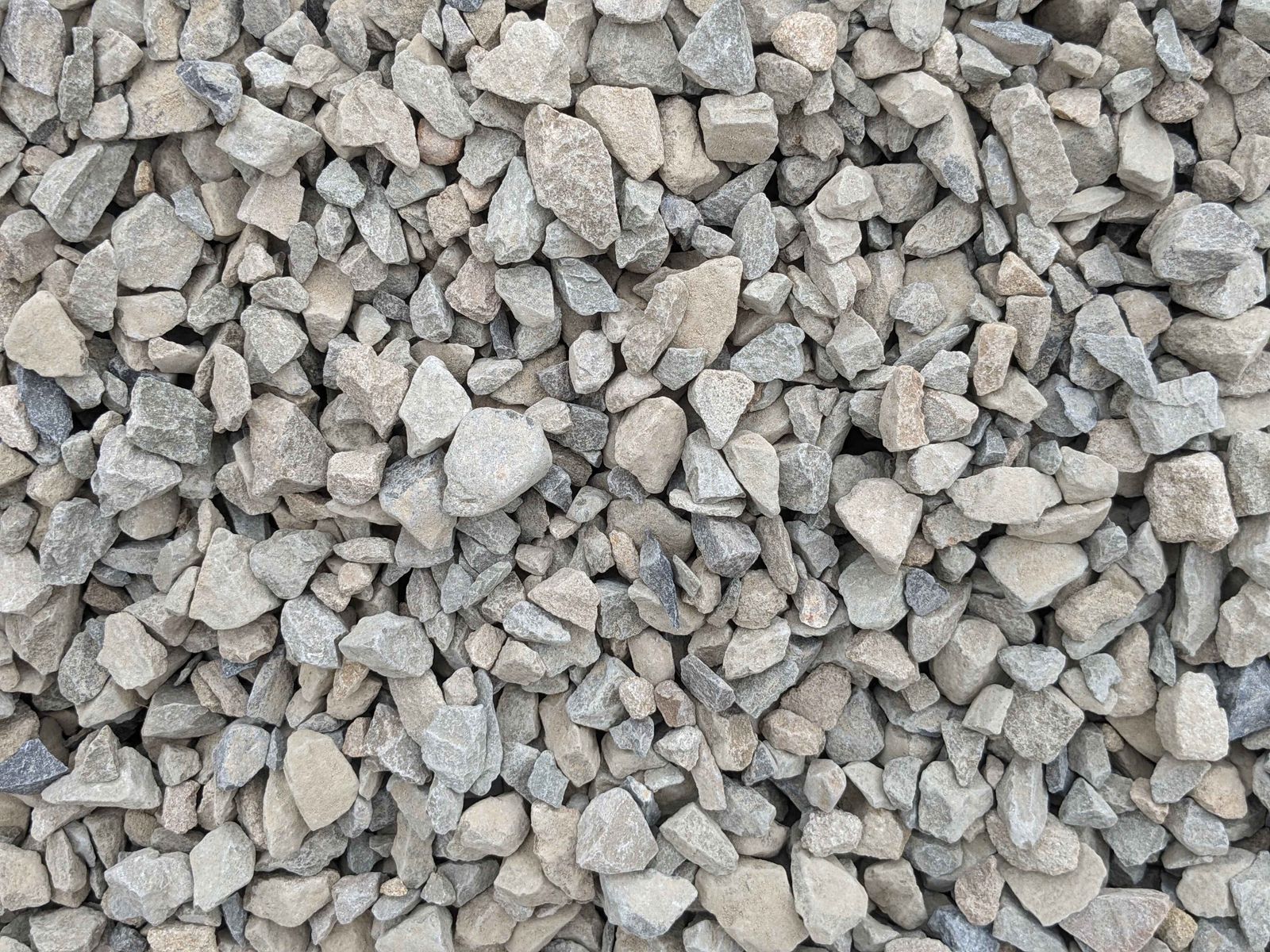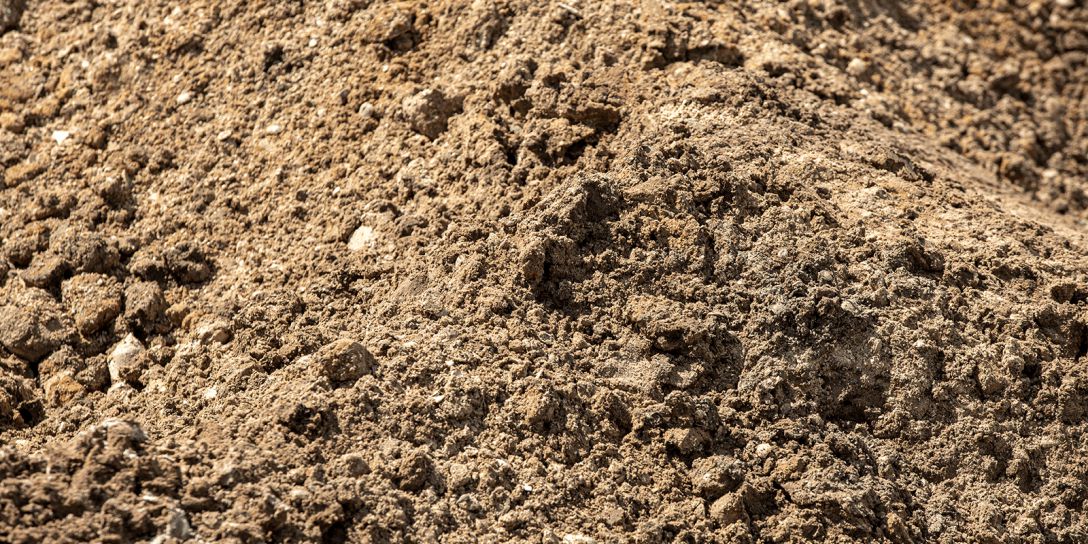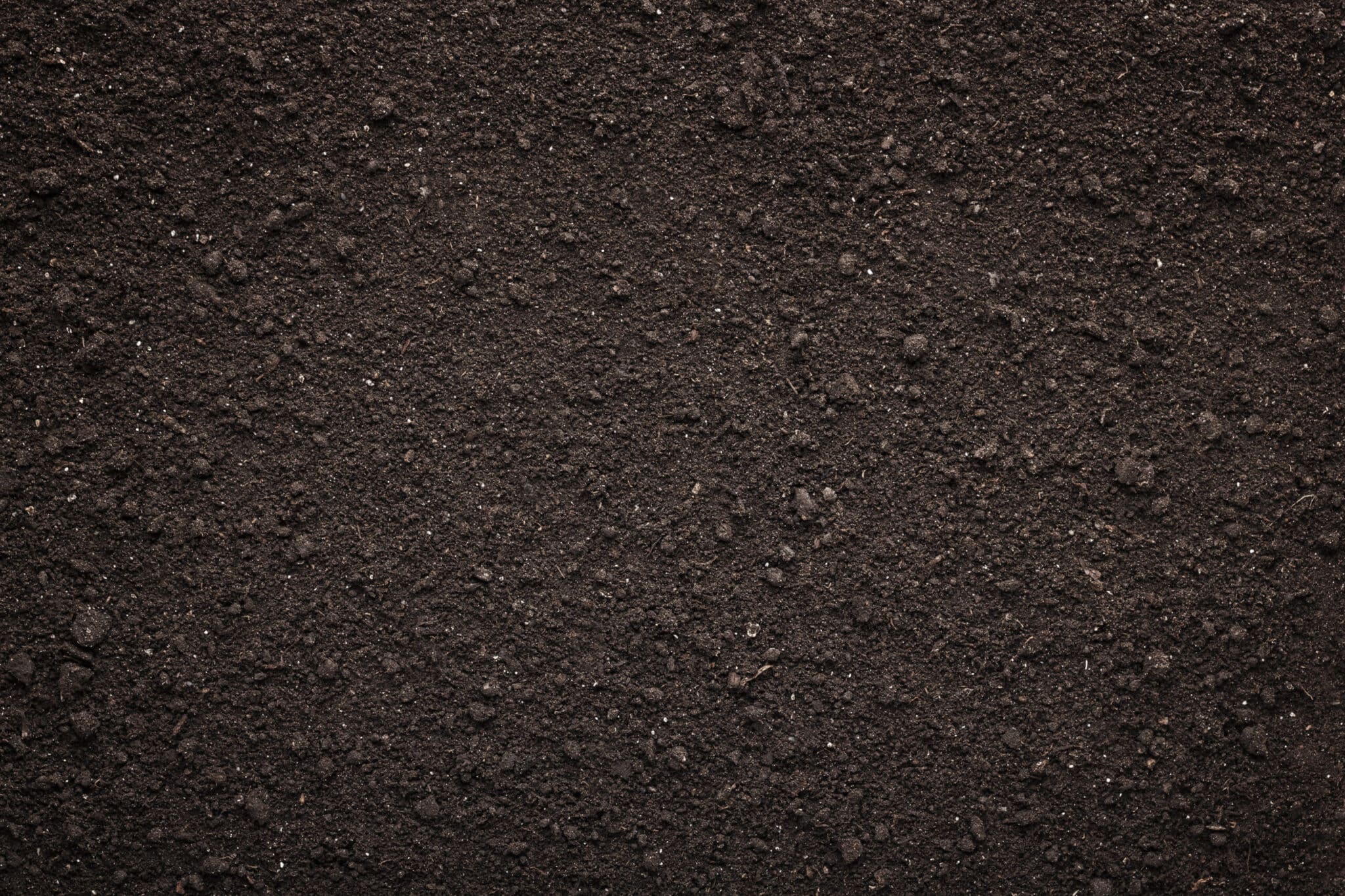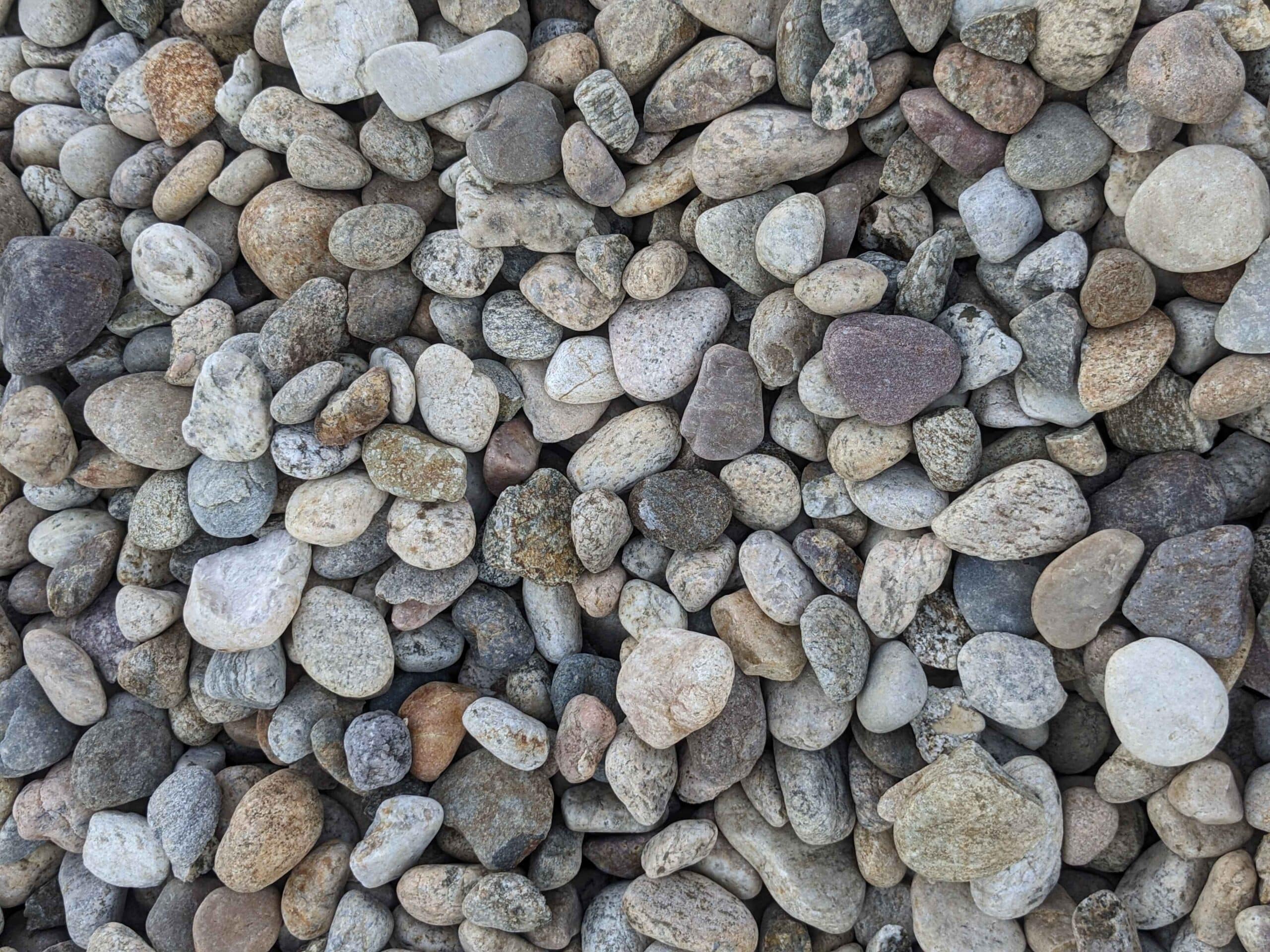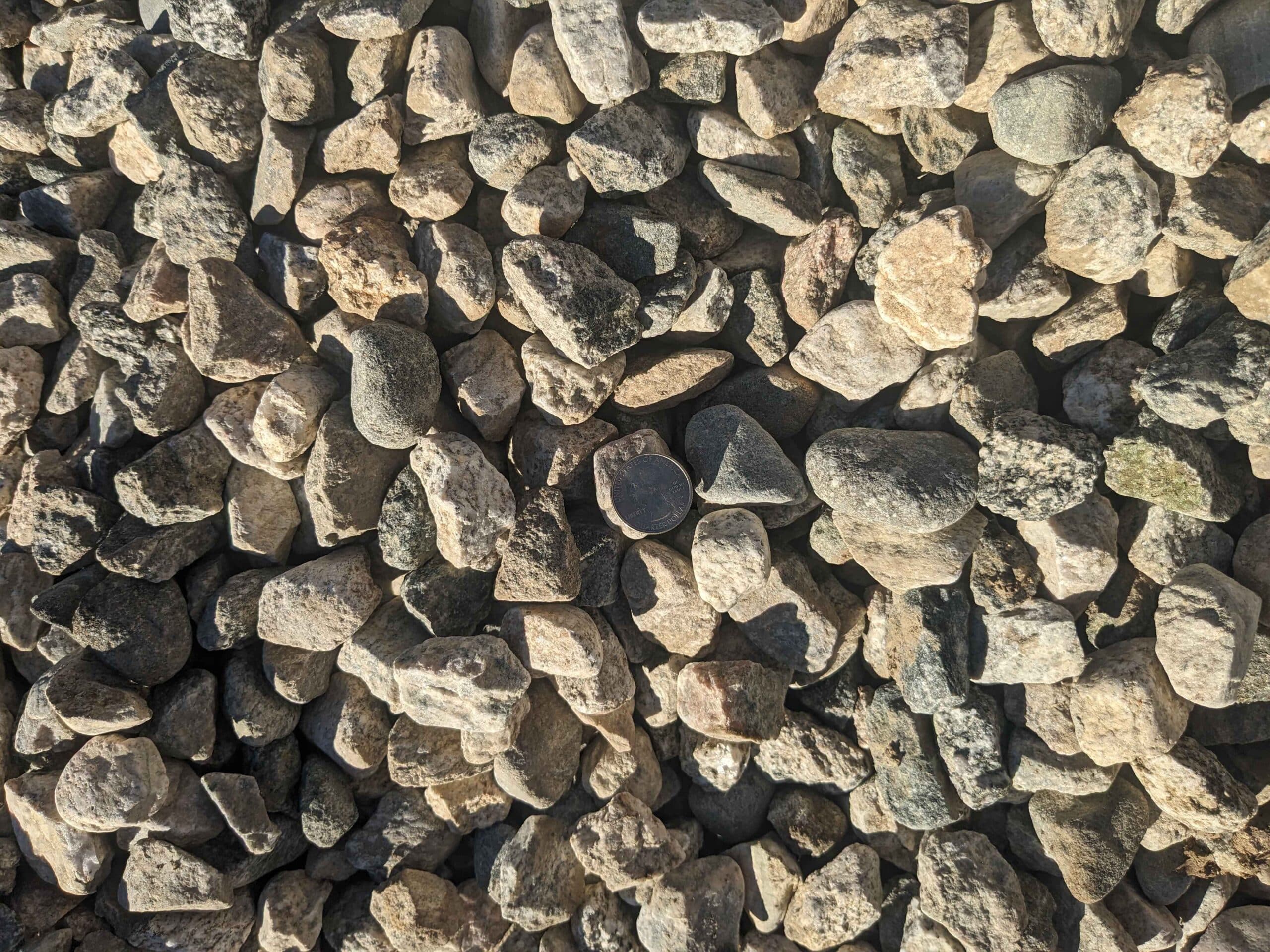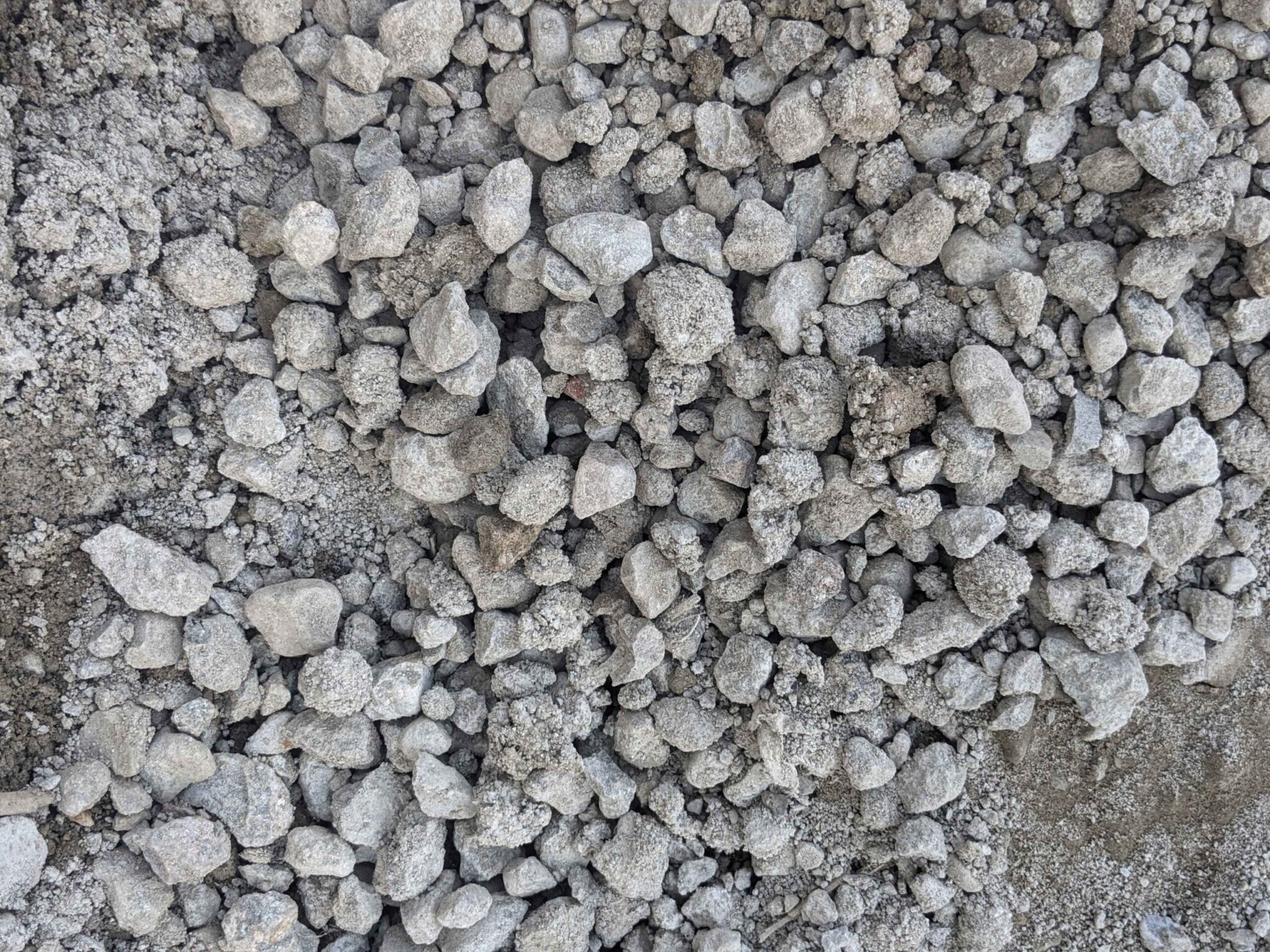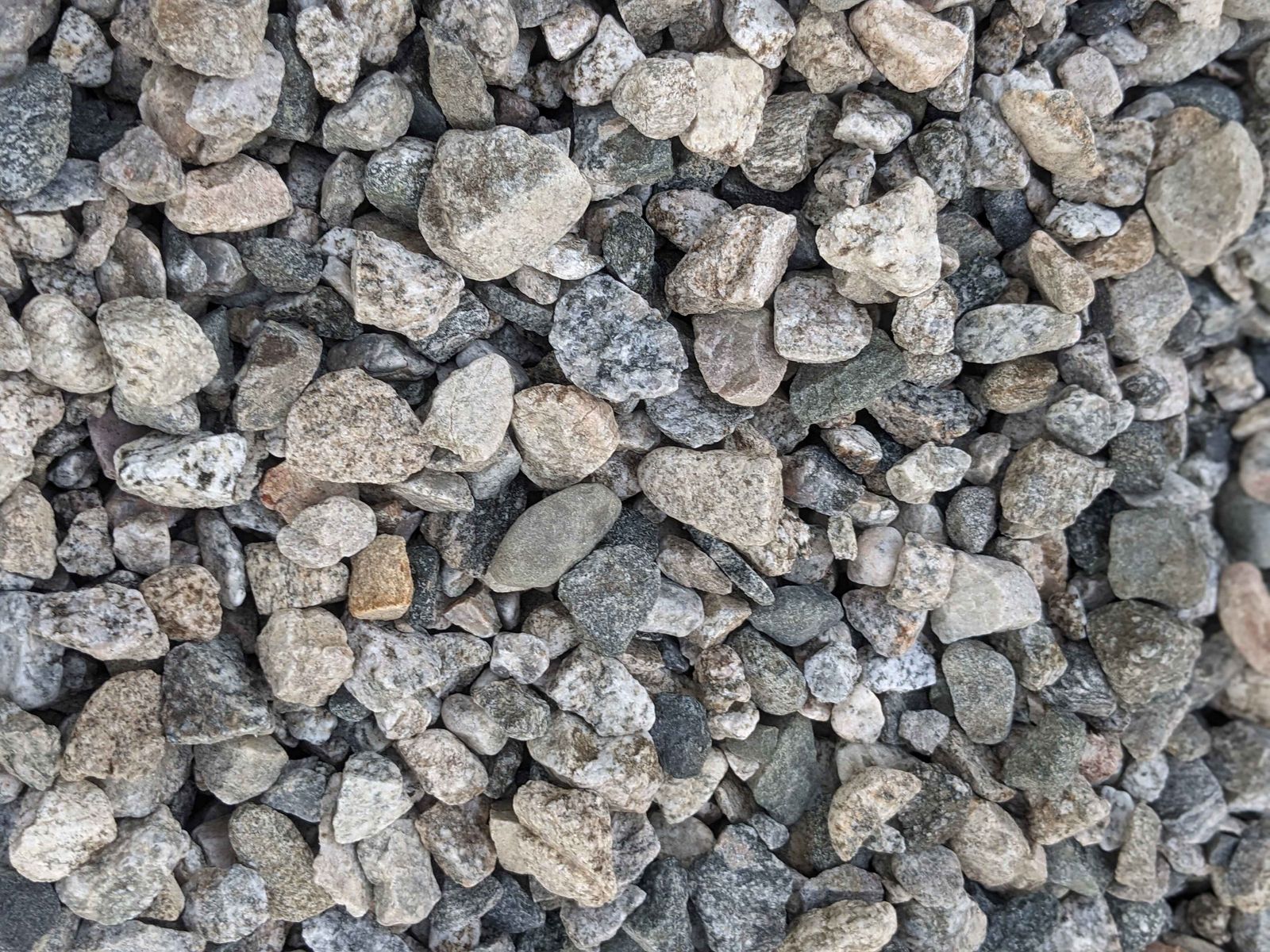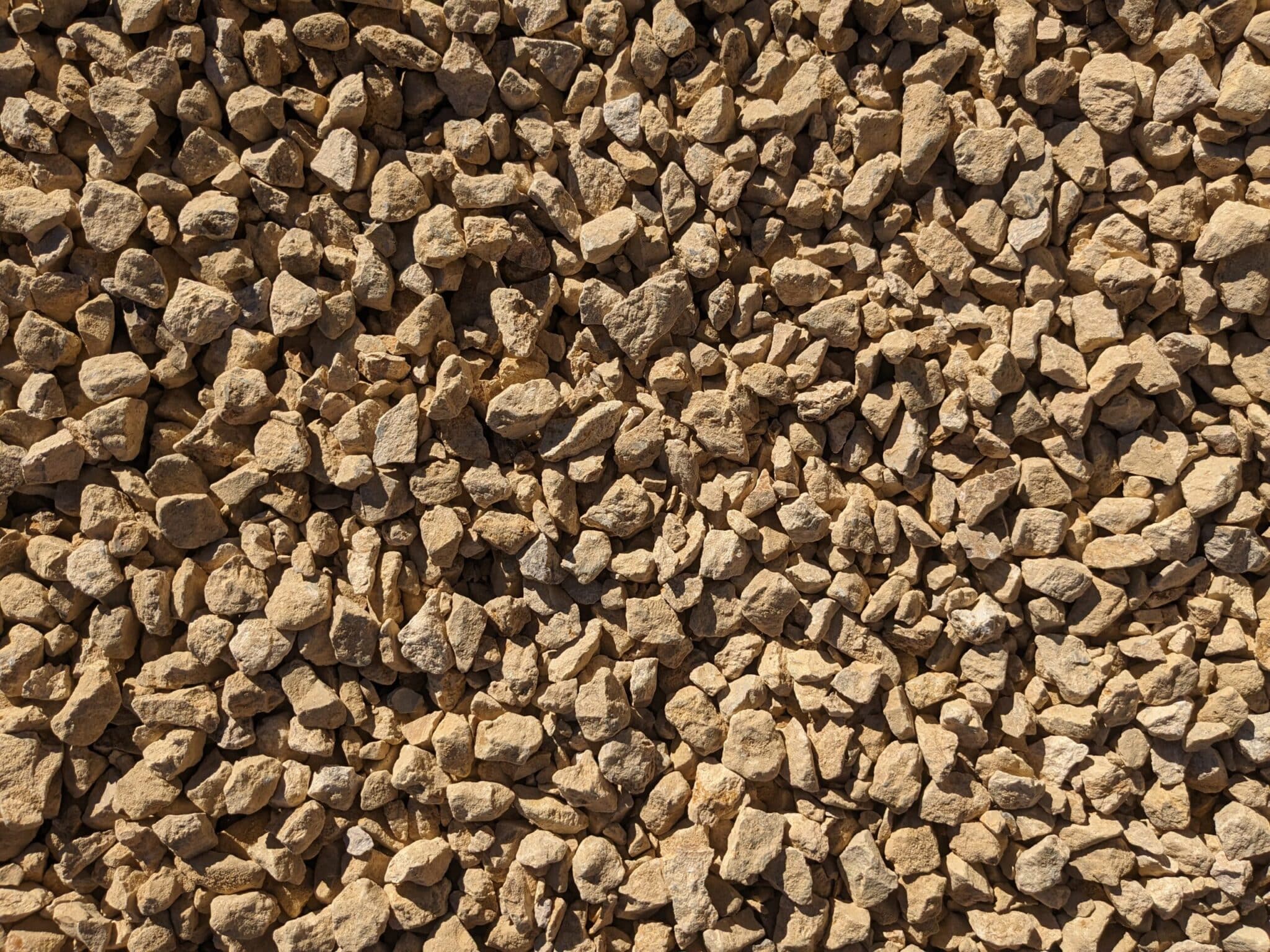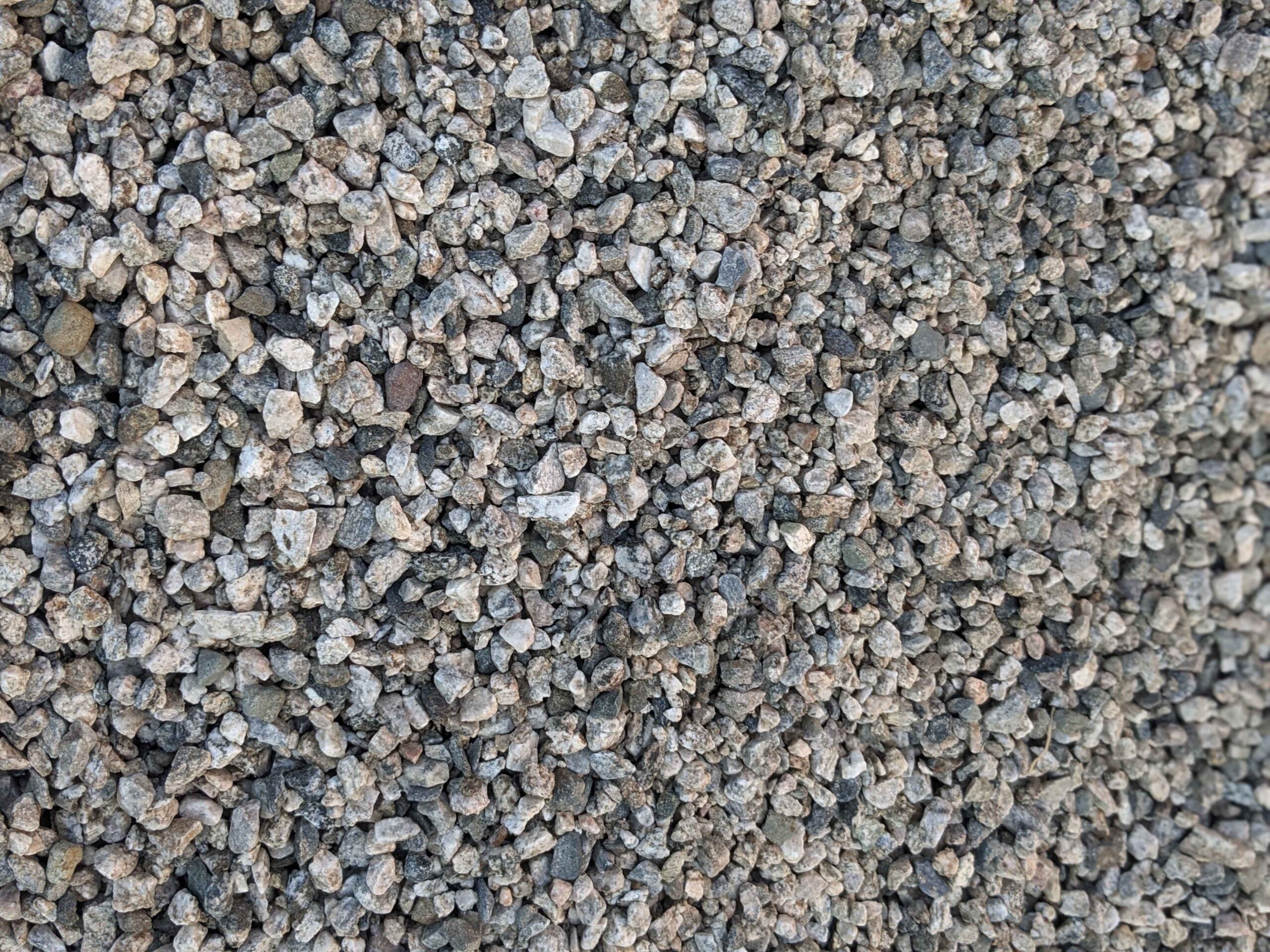Pea gravel is a popular choice for landscaping projects due to its versatility and aesthetic appeal. It comes in a variety of colors and sizes, allowing homeowners and contractors to find the perfect match for their design needs. In this comprehensive guide, we will dive into the different colors and sizes of pea gravel, explore their significance in landscaping, and provide tips on selecting the right pea gravel for your project. Additionally, we will discuss proper maintenance and care to ensure the longevity and vibrancy of your pea gravel installation.
Understanding Pea Gravel: An Overview
What is Pea Gravel?
Pea gravel is a type of small, smooth stone that is typically round in shape. It is most commonly derived from natural deposits such as riverbeds or shores. The name “pea gravel” is derived from its size, which is similar to that of a pea. It is typically between 1/8 to 3/8 inches in diameter, making it an ideal material for various landscaping applications.
When it comes to landscaping, pea gravel is a popular choice due to its unique characteristics. Its small size and smooth texture make it easy to walk on, creating a comfortable surface for pathways and patios. The round shape of the stones also adds a visually pleasing element to any outdoor space.
Pea gravel comes in a variety of natural colors, ranging from shades of gray and brown to more vibrant hues like red and blue. This allows for endless design possibilities, as you can choose a color that complements your existing landscape or creates a striking contrast.
Importance of Pea Gravel in Landscaping
Pea gravel offers a multitude of benefits when used in landscaping projects. Its smooth texture and round shape create a visually appealing surface that can enhance the overall aesthetics of your outdoor space. Additionally, pea gravel is permeable, meaning that it allows water to seep through the gaps, reducing the risk of water pooling and improving drainage. This makes it an excellent choice for areas prone to heavy rainfall or where water conservation is a concern.
Furthermore, pea gravel is highly versatile and can be used in a wide range of applications. It is commonly used for pathways, patios, driveways, garden borders, and as a decorative element in flower beds and around trees. Its natural colors and textures blend seamlessly into various design styles, whether you’re going for a rustic, modern, or coastal look.
In addition to its aesthetic and functional benefits, pea gravel is also a cost-effective landscaping material. Compared to other options like concrete or paving stones, pea gravel is generally more affordable and easier to install. This makes it an attractive choice for homeowners on a budget or those looking for a DIY project.
When properly installed, pea gravel can also help to prevent weed growth, as the stones create a barrier that inhibits weed seeds from reaching the soil. This can save you time and effort in maintaining your outdoor space, allowing you to spend more time enjoying it.
Furthermore, pea gravel is a sustainable choice for landscaping. As it is derived from natural deposits, it does not require extensive mining or manufacturing processes, reducing its environmental impact. Additionally, its permeable nature promotes water conservation by allowing rainwater to infiltrate the soil instead of running off into storm drains.
Overall, pea gravel is a versatile and attractive landscaping material that offers numerous benefits. Whether you’re looking to create a functional pathway, a stylish patio, or a beautiful garden border, pea gravel can help you achieve your desired look while providing practical advantages.
Delving into the Colors of Pea Gravel
The Natural Spectrum of Pea Gravel Colors
Pea gravel comes in a diverse range of colors, offering homeowners and contractors the opportunity to choose shades that perfectly complement their landscape design. The most common colors include shades of gray, brown, white, and beige. These natural hues add depth and character to outdoor spaces, creating a visually appealing environment. The choice of color depends on personal preference and the desired aesthetic outcome.
Gray pea gravel, with its cool and neutral tones, is a popular choice for modern and contemporary landscapes. It effortlessly blends with various architectural styles, providing a sleek and sophisticated look. Brown pea gravel, on the other hand, brings a warm and earthy feel to outdoor spaces. Its natural color resembles the rich tones of soil and can create a harmonious connection with nature.
White pea gravel, with its pristine and clean appearance, is often used to create a striking contrast against darker elements in the landscape. It adds a touch of elegance and can brighten up shaded areas. Beige pea gravel, with its subtle and sandy tones, offers a more understated look. It blends well with natural surroundings and can create a soothing and calming atmosphere.
The Influence of Mineral Composition on Color
The coloration of pea gravel is influenced by its mineral composition. The presence of specific minerals within the stone can create unique color variations. For instance, iron oxide can lend a reddish hue to the gravel, while the presence of quartz can result in a more translucent appearance. When selecting pea gravel based on color, it is essential to consider the mineral composition and its compatibility with the overall design scheme.
Iron oxide, commonly found in many types of pea gravel, can create a range of warm and earthy colors. From rusty reds to deep oranges, these hues can add a touch of vibrancy to outdoor spaces. Quartz, with its crystalline structure, can give pea gravel a sparkling and translucent quality. This can be particularly striking when used in water features or areas with ample sunlight, as the gravel can catch and reflect the light, creating a mesmerizing effect.
Other minerals, such as mica and feldspar, can also contribute to the color variations in pea gravel. Mica, known for its reflective properties, can add a subtle shimmer to the gravel, enhancing its visual appeal. Feldspar, on the other hand, can introduce flecks of different colors, creating a speckled effect that adds depth and interest to the overall design.
By understanding the influence of mineral composition on color, homeowners and contractors can make informed choices when selecting pea gravel for their landscaping projects. Considering the desired aesthetic outcome and the compatibility with the surrounding elements can result in a cohesive and visually pleasing outdoor space.
Exploring the Sizes of Pea Gravel
Standard Sizes of Pea Gravel
Pea gravel is available in various sizes, allowing for customization according to specific design requirements. The standard sizes range from 1/8 to 3/8 inches in diameter, which is the ideal dimension for most landscaping applications. However, larger sizes, such as 3/8 to 5/8 inches or smaller sizes like 1/8 inch, may be available depending on your location and supplier.
How Size Affects Pea Gravel Functionality
The size of pea gravel plays a crucial role in its functionality. Smaller sizes, such as 1/8 inch, provide a smoother surface suitable for pathways and areas where foot traffic is prevalent. On the other hand, larger sizes, like 3/8 inch, offer enhanced stability and can withstand heavier loads, making them ideal for driveways or areas where vehicles may drive over the gravel. It is important to consider the intended use and traffic flow when selecting the appropriate size of pea gravel for your project.
Choosing the Right Pea Gravel for Your Project
Factors to Consider When Selecting Pea Gravel
When choosing pea gravel for your landscaping project, consider the following factors:
- Location: Determine where the pea gravel will be placed and consider factors such as sun exposure, soil type, and existing landscape elements.
- Functionality: Assess the purpose of the pea gravel, whether it will be used for pathways, driveways, or as decorative accents.
- Color: Select a color that complements the overall design aesthetic and blends well with the surrounding environment.
- Size: Choose a size that aligns with the intended use and traffic expectations.
- Budget: Consider the cost per ton and compare prices from different suppliers to ensure you stay within your budget.
Matching Pea Gravel Color and Size to Your Project
For a cohesive and visually appealing design, it is crucial to match the color and size of pea gravel to your project. Consider the existing elements in your landscape and select colors and sizes that harmonize with the overall theme. For example, if you have a coastal-themed garden, opting for white or light brown pea gravel can mimic the appearance of beach sand, creating a seamless transition between the gravel and other coastal elements.
Maintenance and Care for Pea Gravel
Cleaning and Preserving Pea Gravel Color
To maintain the vibrant color of your pea gravel, regular cleaning and maintenance are necessary. Use a leaf blower, rake, or broom to remove debris such as leaves and twigs. Regularly inspect the surface for weeds and remove them promptly to prevent them from taking root. Additionally, ensure proper drainage to prevent water buildup, as stagnant water can lead to the growth of algae or moss, affecting the appearance of the pea gravel.
Replenishing and Replacing Pea Gravel Over Time
Over time, pea gravel may naturally shift or become displaced due to foot traffic, weather conditions, or other external factors. To maintain an even surface, periodically inspect the area and replenish any thinned out or bare sections. Additionally, if the pea gravel becomes significantly worn or discolored, it may be necessary to replace the entire surface or specific areas to restore the desired appearance.
In conclusion, understanding the various colors and sizes of pea gravel is essential for a successful landscaping project. By considering factors such as color, size, location, and functionality, you can select the ideal pea gravel to enhance your outdoor space. Regular maintenance and care will help preserve the integrity and appearance of your pea gravel installation, ensuring long-lasting beauty and functionality.
Start Your Pea Gravel Project with Bulk Aggregate Supply
Ready to bring the beauty and functionality of pea gravel to your landscape? Look no further than Bulk Aggregate Supply, your nationwide provider of premium aggregates. With our white glove service, you can effortlessly order high-quality pea gravel, along with dirt, sand, riprap, and more, all from the comfort of your home. Experience our exceptional customer service and let us handle the heavy lifting, from sourcing to delivery, for projects big and small. Check out our products today and take the first step towards a stunning and sustainable outdoor space.


